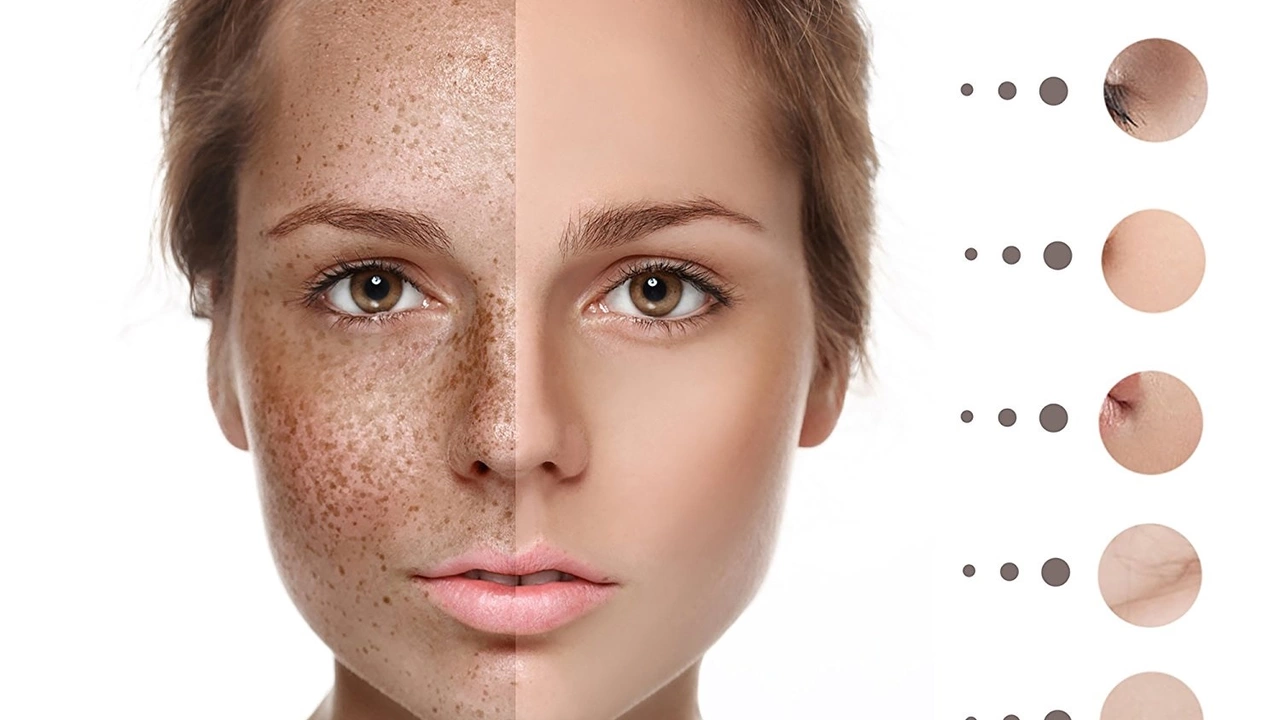Skin Discoloration Prevention: How to Keep an Even Skin Tone
Dark spots, melasma, and post-inflammatory hyperpigmentation are all common. The good news: most causes are preventable. This page gives clear, usable steps you can start today to reduce the chance of discoloration and keep your complexion even.
Daily Habits That Make a Real Difference
Sunscreen is the single most important tool. Use a broad-spectrum SPF 30 or higher every day, even on cloudy days. Reapply every two hours if you’re outside, and right after swimming or sweating. Physical sunscreens with zinc oxide or titanium dioxide work well for sensitive skin.
Avoid picking at acne, scabs, or insect bites. Picking causes inflammation that often turns into long-lasting dark spots. If you get frequent breakouts, treat acne early with gentle cleansers and non-comedogenic products.
Be careful with hair removal and waxing. Burns and irritation from hot tools or aggressive waxing can leave pigment behind. Try gentler methods or consult a pro who knows how to treat darker skin safely.
Skincare Actives and Professional Options
Topical antioxidants and brighteners help reduce and prevent dark spots. Vitamin C (L-ascorbic acid) brightens and protects against sun damage. Niacinamide calms inflammation and evens tone. Azelaic acid targets pigmentation and is safe for many skin types. Use these regularly and patch-test first.
Retinoids speed cell turnover and fade old pigment, but they can irritate at first. Start with a low concentration and use at night. If you try hydroquinone, keep it short-term and under medical guidance—overuse can worsen issues for some people.
Professional treatments—chemical peels, microneedling, and certain lasers—work well but aren’t risk-free. Darker skin tones can react with more pigment after aggressive procedures. Always choose a dermatologist who treats your skin type and asks about your history.
Watch medications and hormones. Some drugs cause photosensitivity or pigmentation changes (for example, certain antibiotics and chemotherapy drugs). Hormone shifts during pregnancy and with some birth control can trigger melasma. Tell your provider if new spots appear after starting a medication or during pregnancy.
Use gentle exfoliation. Weekly chemical exfoliation with low-strength AHAs or BHAs clears dead skin without scraping, which helps prevent clogged pores and picked scabs from turning dark. Avoid harsh scrubs that cause micro-tears and inflammation.
Diet and lifestyle matter too. Antioxidant-rich foods (berries, leafy greens) and avoiding smoking support skin repair. Manage stress and sleep—your skin heals better when the body is rested.
If a spot changes rapidly, bleeds, or looks different from your usual marks, see a dermatologist. For stubborn or widespread discoloration, professional evaluation gives the safest and fastest path to improvement.
Start small: apply sunscreen daily, skip picking, and add one targeted product like vitamin C or niacinamide. Consistency beats quick fixes when it comes to preventing skin discoloration.

